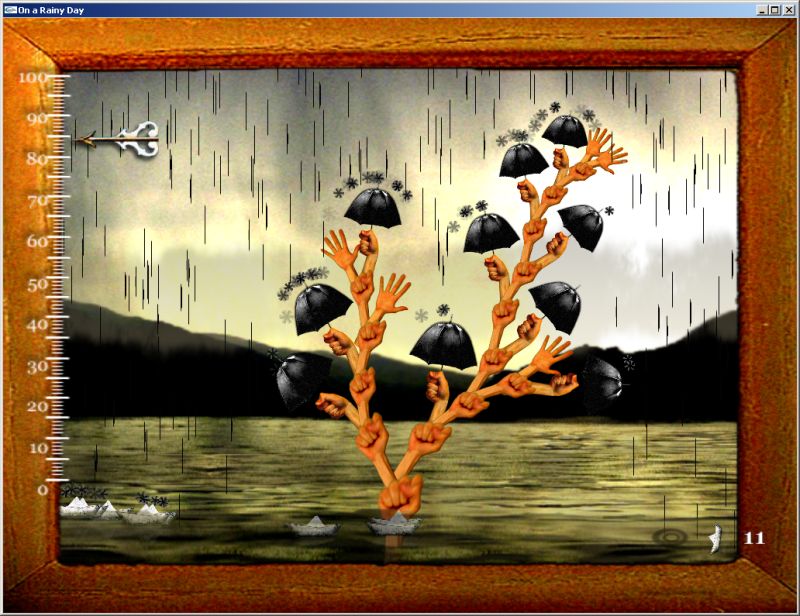Sun 17 Jun 2007
One of my favorite sites these days is the Experimental Gameplay Project. Started by a small braintrust at Entertainment Technology Center at Carnegie Mellon University, the website has expanded beyond the initial goals — to prototype and create as many games as possible within two semesters, each game being designed and completed within 7 days — to include excellent contributions from non-original members of the team.
Kind of like Dogme 95, which I also loved, there are some basic rules involved, simple but suggestive:
1. Each game must be made in less than seven days,
2. Each game must be made by exactly one person,
3. Each game must be based around a common theme i.e. “gravity”, “vegetation”, “swarms”, etc.
The final one reflects the project’s engagement with simulation–i.e. using algorithms that replicate phenomena from physics, to pull the games out of the already outworn genres of “first-person shooter,” etc. The goal is the creation of new video game genres, in fact; at least, that’s how I read it. No more jumping over barrels!
I’ve been interested in the idea of an “auteur” theory to game design, which is to say, games that–collectively under the sign of a single creator–reflect an individual vision by the maker, something inchoate that lurks behind the single productions that reflects a “signature” style or set of interests. Perhaps a poetic vision–speed, movement, color, causality, all point toward a sort of philosophy, if not “of life” than at least of society, as described in Homo Ludens (but I won’t go there right now).
Video games, like films in the past, have been associated with exteremely expensive, commercial production, usually collaborative (the collaboration often collapsing, or being overly-determined, by economic pressures), but the Experimental Gameplay Project seems to point to something new–like independent comics, toward a quirky if often unsettling interaction between illustrative or even abstract visual styles, elliptical or pop-savvy narrative and “interactivity” (in the comics’ case, in the negotiation of the formal intricacies of creating connections from often crazily arranged boxes, speech bubbles, iconic/ambiguous gestalt-driven drawing/symbolic style, etc.)
Did you get all that?
One of my favorites is “On a Rainy Day,” which is downright creepy but calming in an indescribable way. You can also play the terrorist at “Suicide Bomber” (not so much a game as a fascinating simulation engine) or play the master builder at “Tower of Goo” or “Suburban Brawl.”
